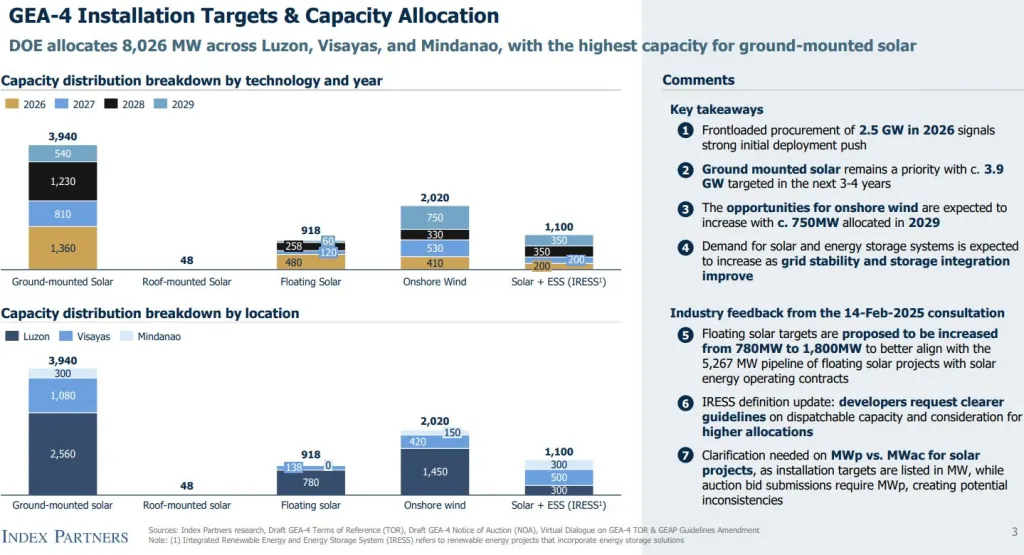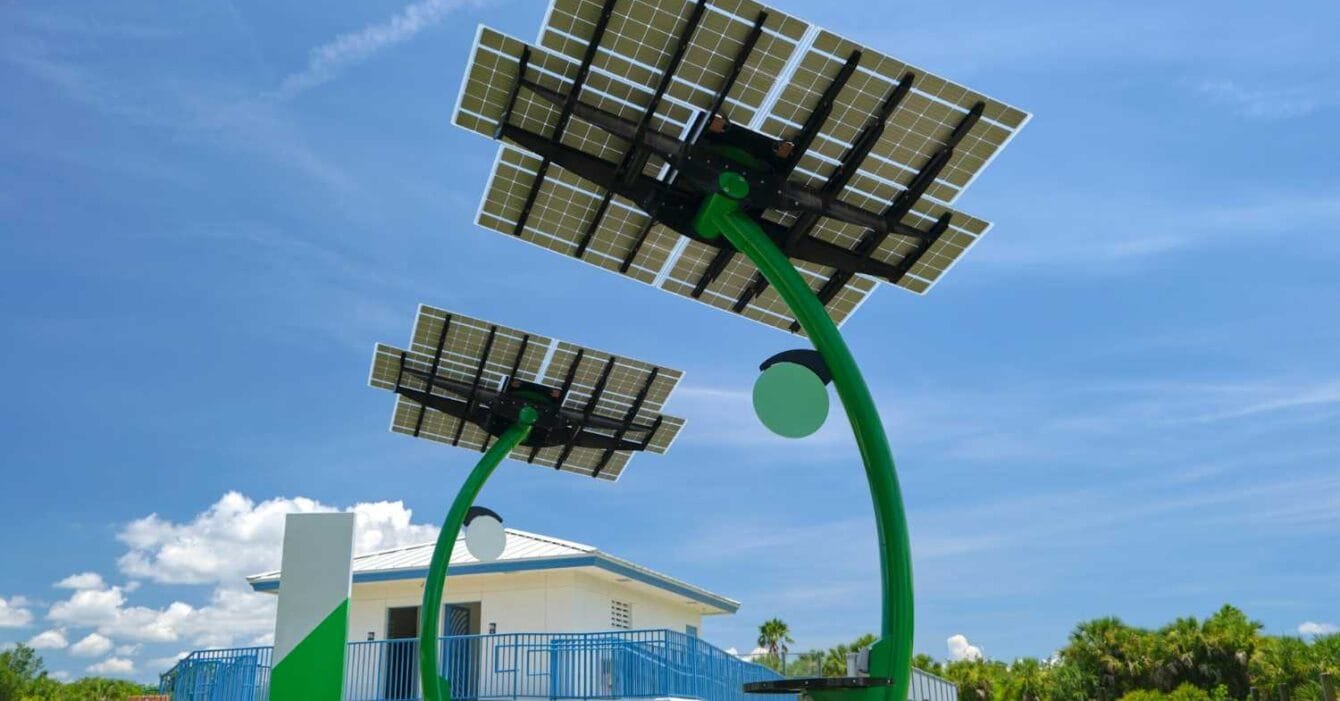The Philippines is fast becoming one of Asia’s most active renewable energy markets. With bold policy changes and strong investor interest, the country is proving that the shift to clean power can drive both sustainability and economic growth. The new Philippines Renewable Energy Auction Reform has created new momentum across the energy sector, making the nation a growing hub for international clean energy investors.
Opening the Market to Global Investors
Since the government removed foreign ownership limits in renewable energy projects in 2022, global companies have rushed to participate. A total of 75 renewable energy projects, equaling 20 gigawatts (GW) of capacity, have been awarded to fully foreign-owned firms. This change has not only attracted capital but also introduced advanced technology and expertise into the local energy sector.
The Department of Energy (DOE) reports 1,371 active renewable energy service contracts as of 2025, representing a combined potential of 145.8 GW across solar, wind, hydro, biomass, geothermal, and ocean energy. These numbers show that the market is expanding rapidly and that investors are responding strongly to the country’s policy direction.
Read Also: Philippines Energy Auction Reform Sparks Investor Rush
Targeting a Greener Future with the Philippines Renewable Energy Auction Reform

Under the Philippine Energy Plan, the country aims for renewables to make up 35% of total power generation by 2030 and 50% by 2040. These targets are ambitious but achievable, given the pace of current reforms. The government’s vision is not only to cut emissions but also to reduce dependence on costly imported fossil fuels.
Renewable Portfolio Standards are also helping drive demand. These standards require electricity suppliers to source a fixed percentage of their energy from renewable sources, ensuring that growth in clean energy continues even as demand rises.
The Philippines Renewable Energy Auction Reform Are Accelerating Growth
The Philippines’ renewable energy auctions have become one of the main tools for achieving these goals. The 2024 auction cycle added nearly 800 megawatts (MW) of new renewable capacity—more than the combined total of the previous three years. This milestone shows how much faster renewable deployment is now moving.
In the fourth Green Energy Auction, developers subscribed to 9,423.622 MW of capacity—far exceeding the offered capacity. This overwhelming participation proves the market’s competitiveness and the strong appetite among developers to invest in the country’s renewable future.
Regulatory Reforms Powering Investment
The Philippines Renewable Energy Auction Reform and the lifting of foreign equity limits have encouraged both local and foreign investors to take part in large-scale energy projects. One standout example is a USD 15 billion partnership with Masdar, which aims to deliver 1 GW of clean power by 2030 and scale up to 10 GW by 2035. This landmark deal reflects global confidence in the Philippines’ regulatory stability and market potential.
These reforms are also expected to lower electricity costs over time. By reducing the nation’s reliance on imported coal and oil, the Philippines can develop a more stable, affordable, and sustainable energy system. The combination of competition, policy clarity, and international collaboration is already reshaping the sector’s dynamics.
A Growing Hub for Clean Energy
The country’s progress highlights how sound policy and transparent auctions can attract large-scale investments. With over a thousand renewable contracts and growing developer participation, the Philippines is well on its way to becoming a regional leader in clean energy.
Read Also: Philippines Solar Power Drop Could Slash Power Prices by 24% by 2029
The continued success of the Philippines Renewable Energy Auction Reform will depend on maintaining transparent auction systems, enforcing renewable standards, and supporting both local and foreign developers. As reforms deepen, opportunities for collaboration will continue to expand.

